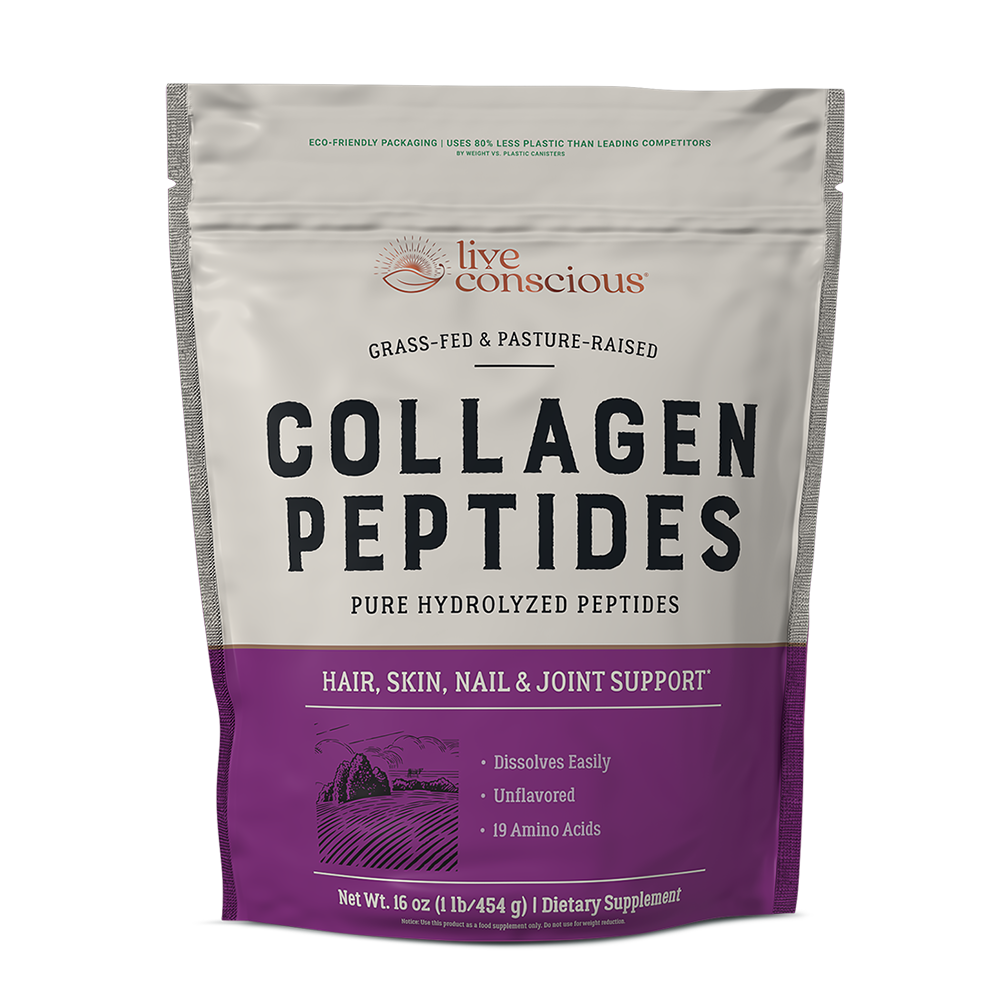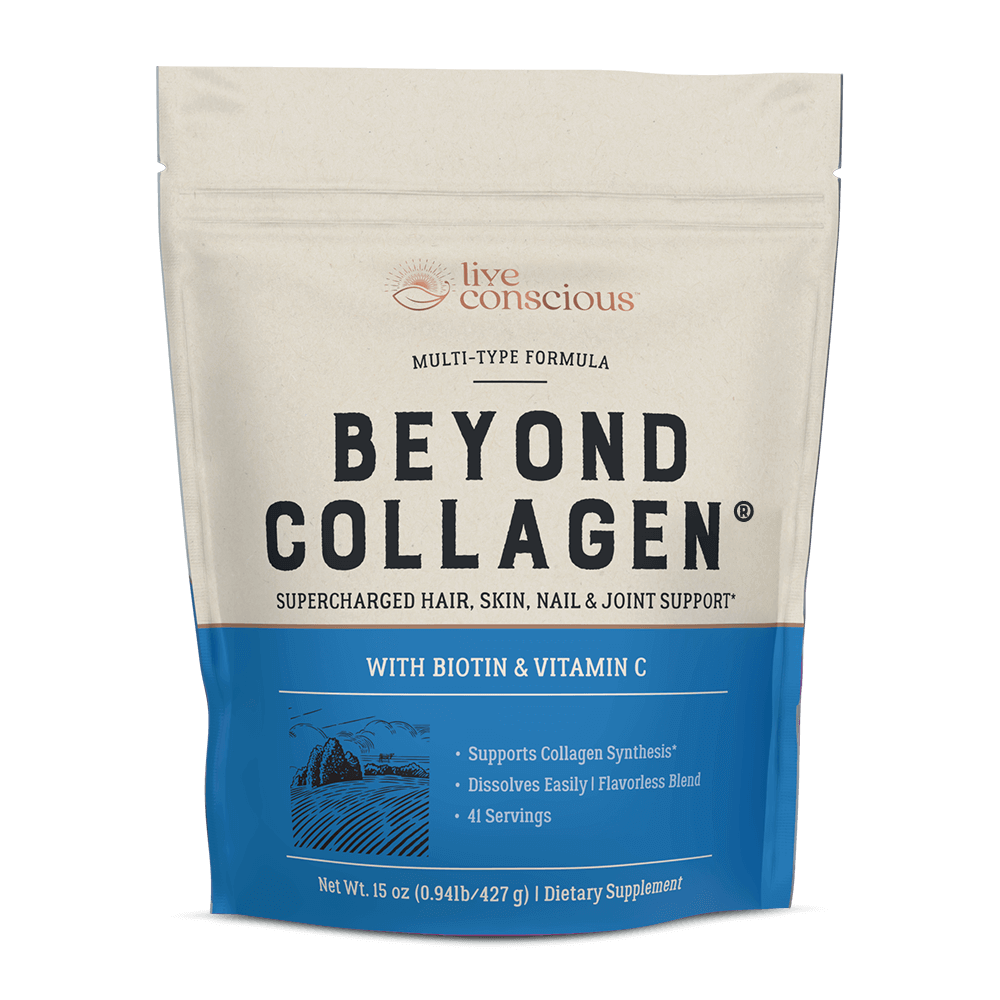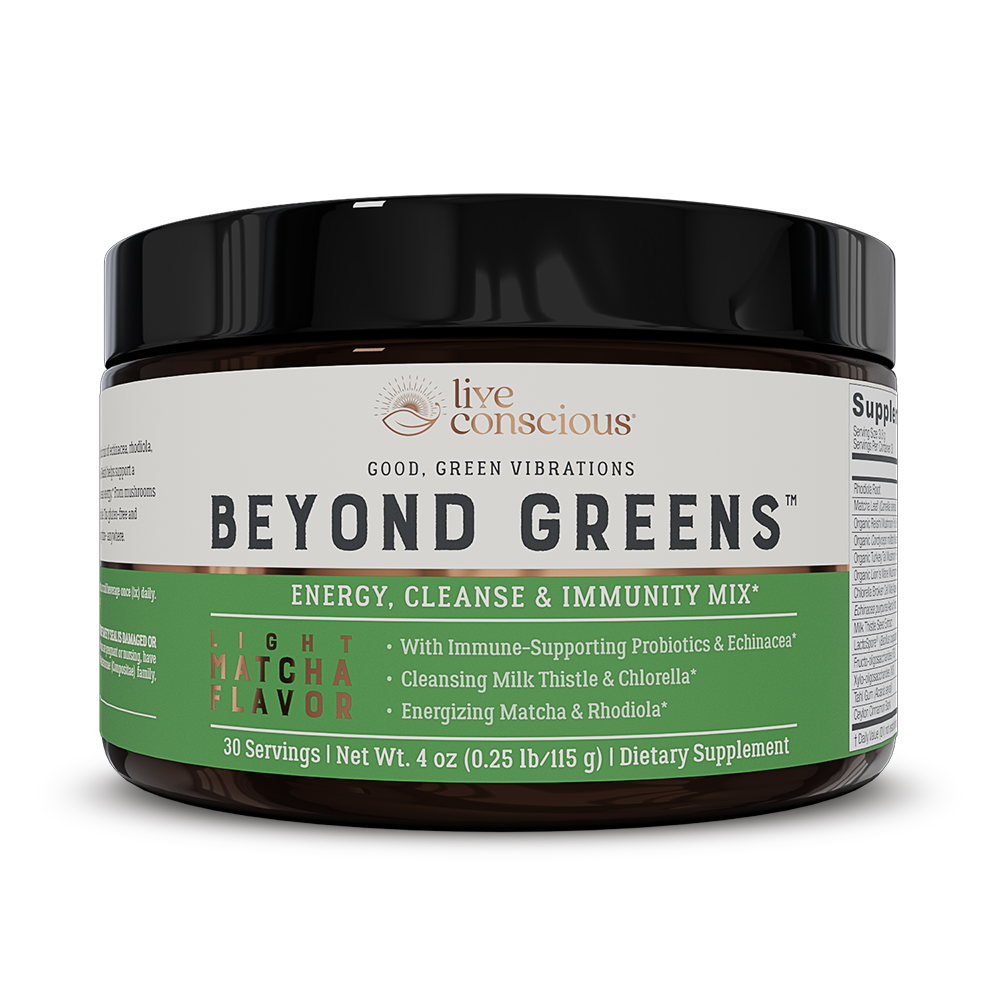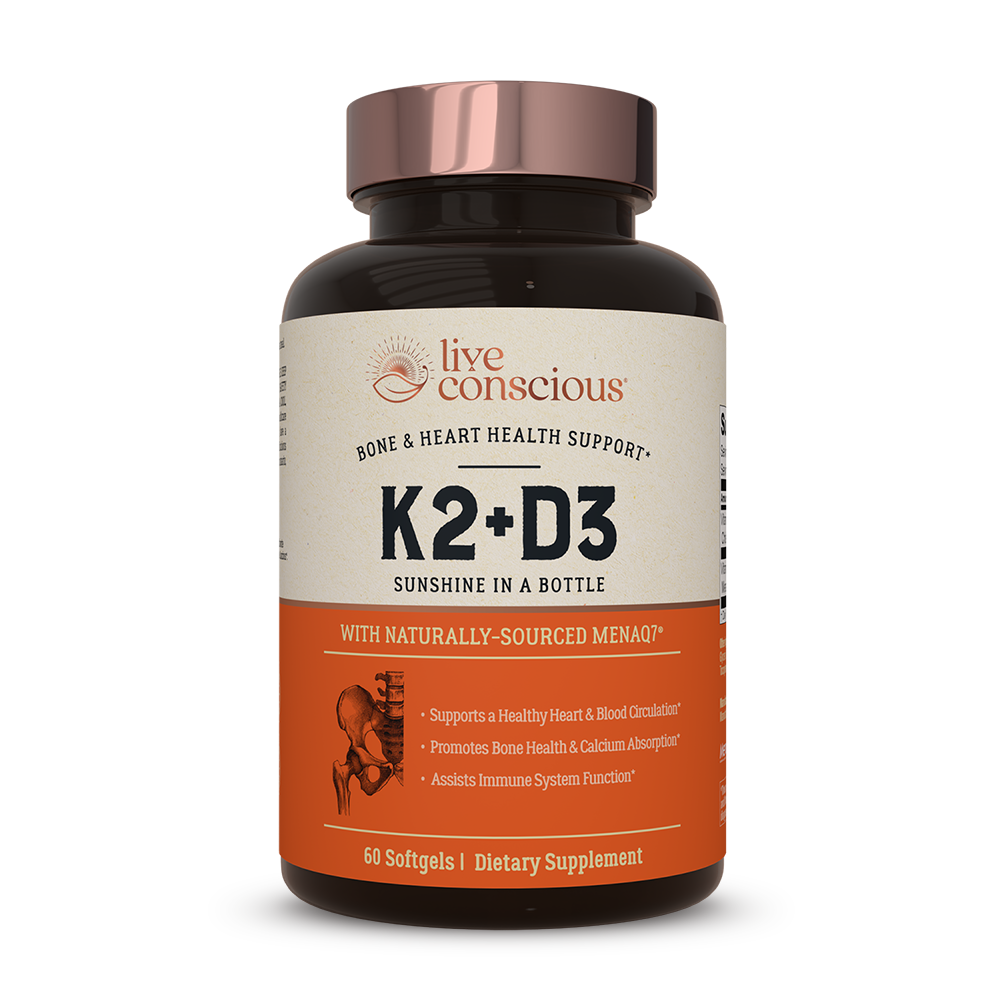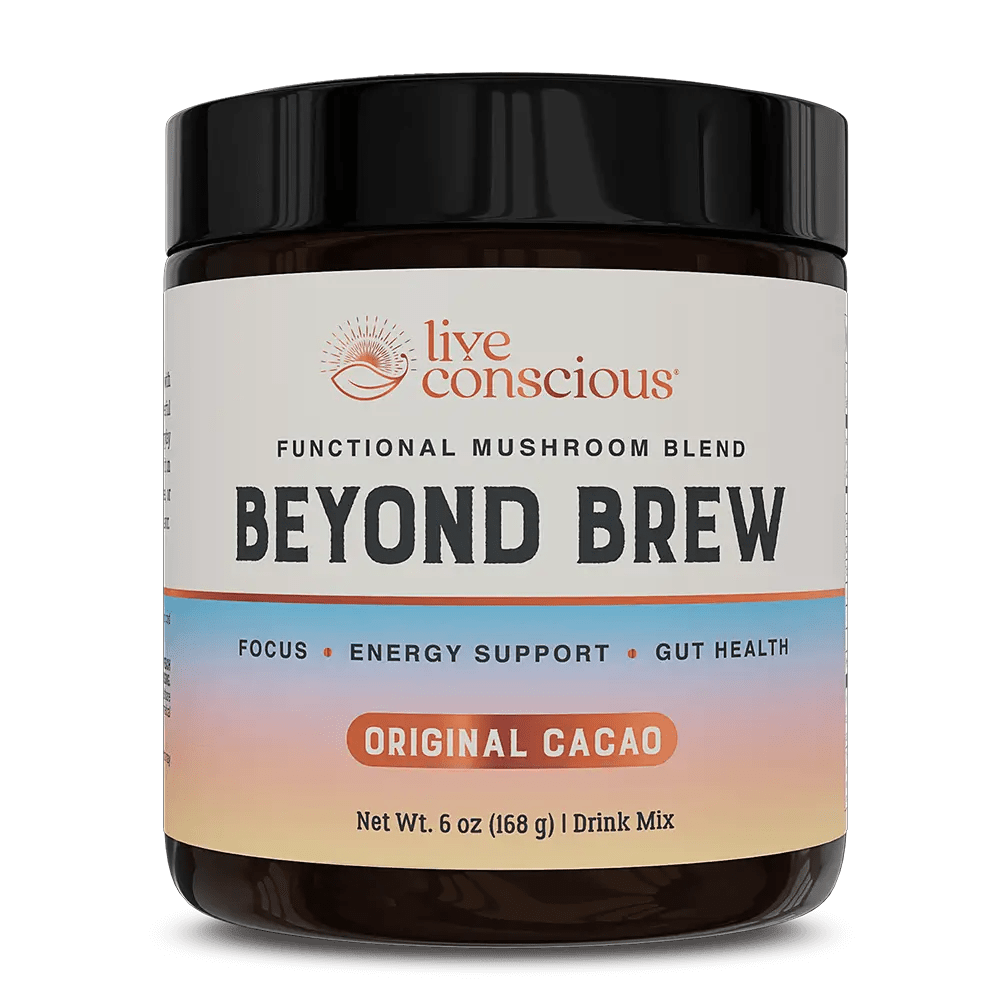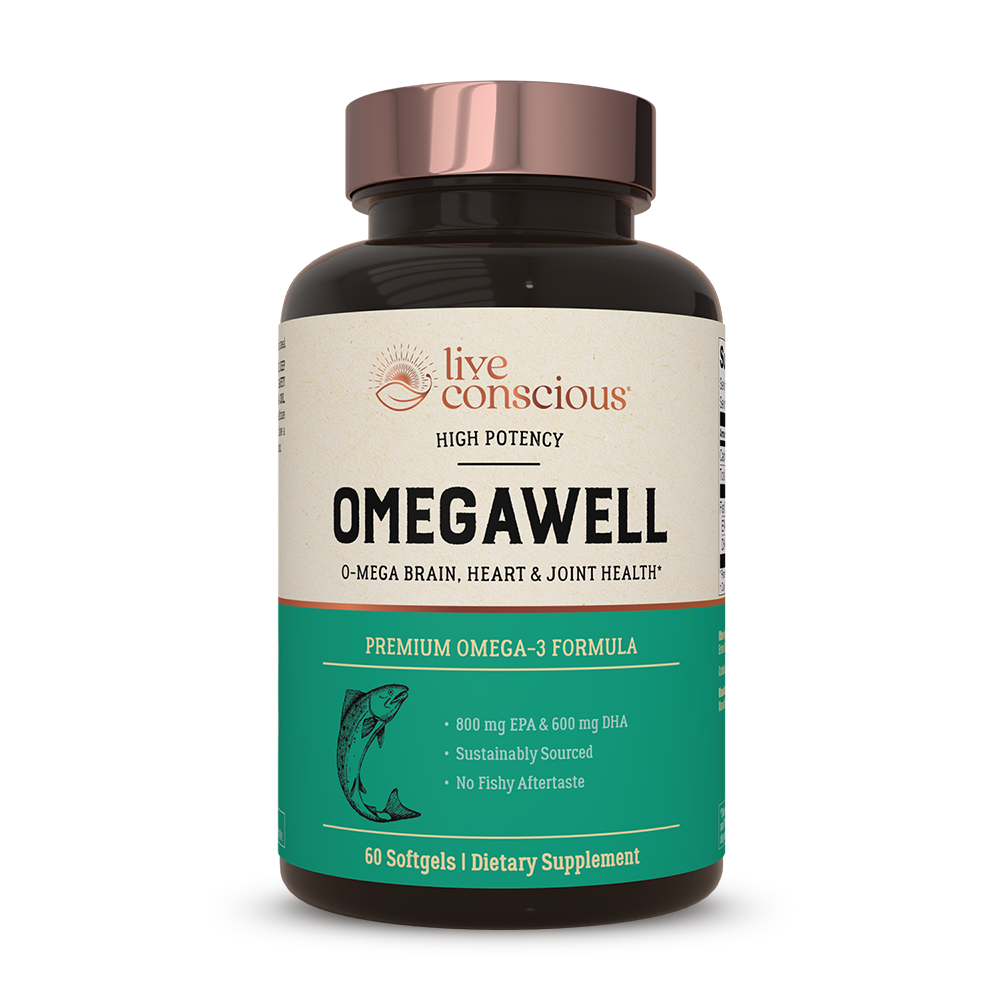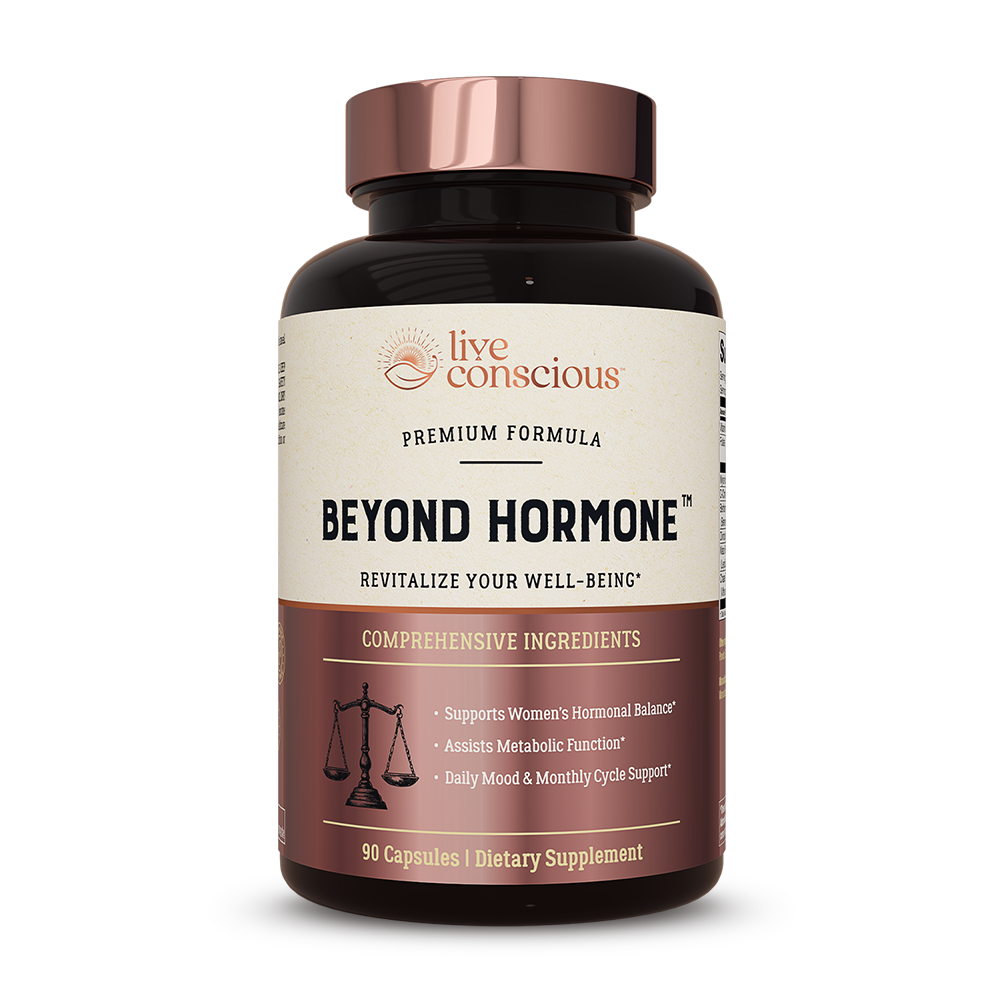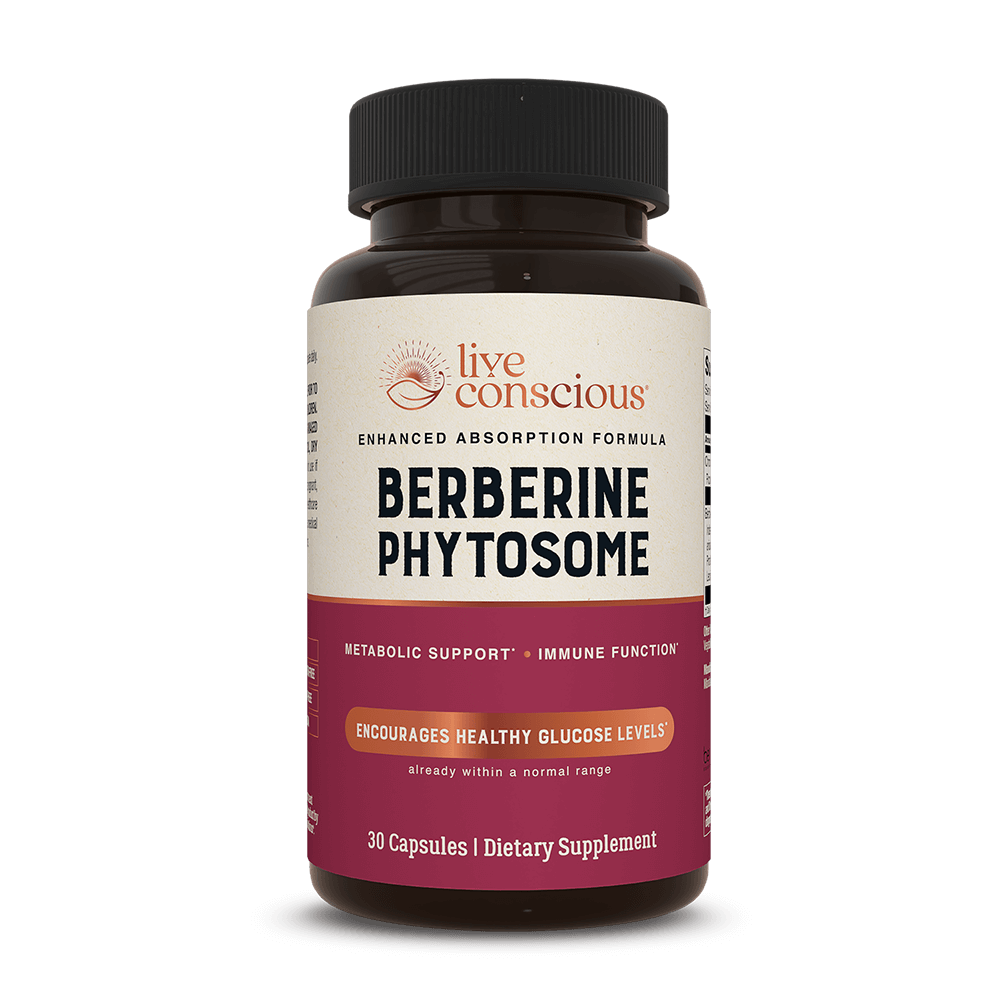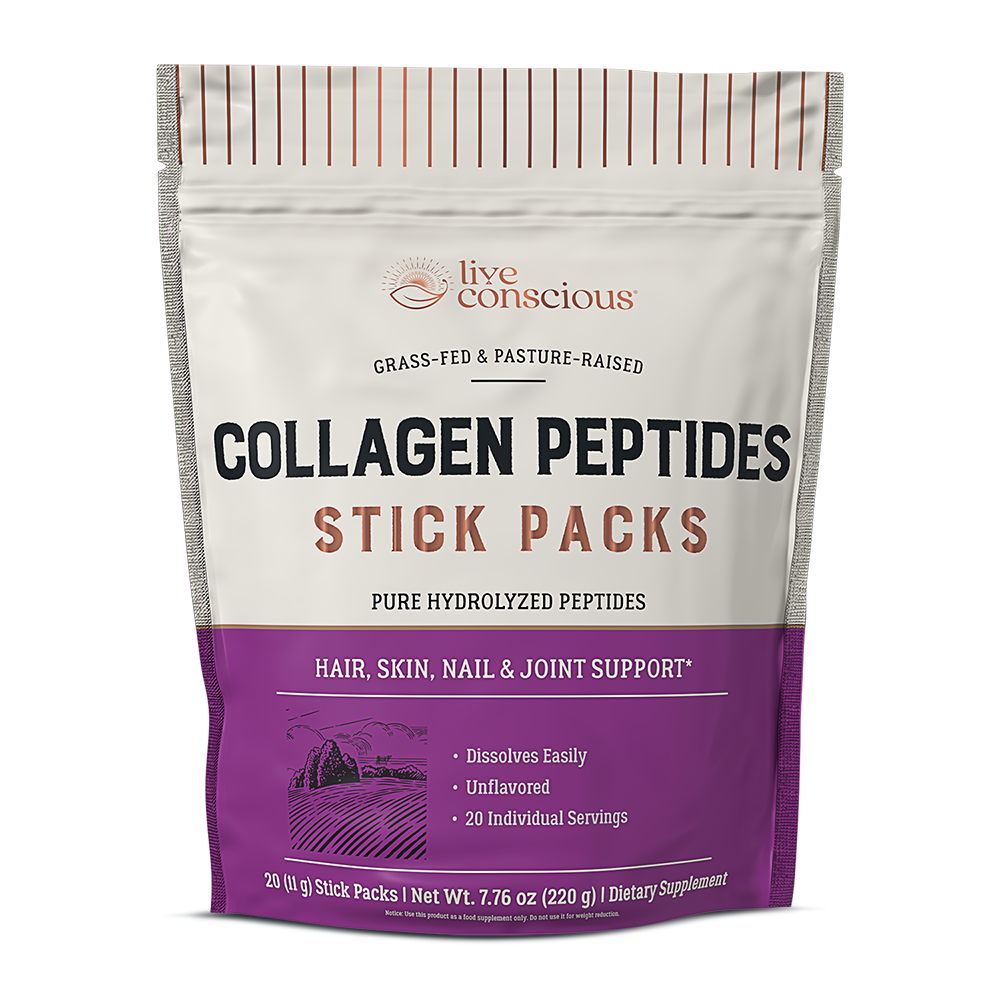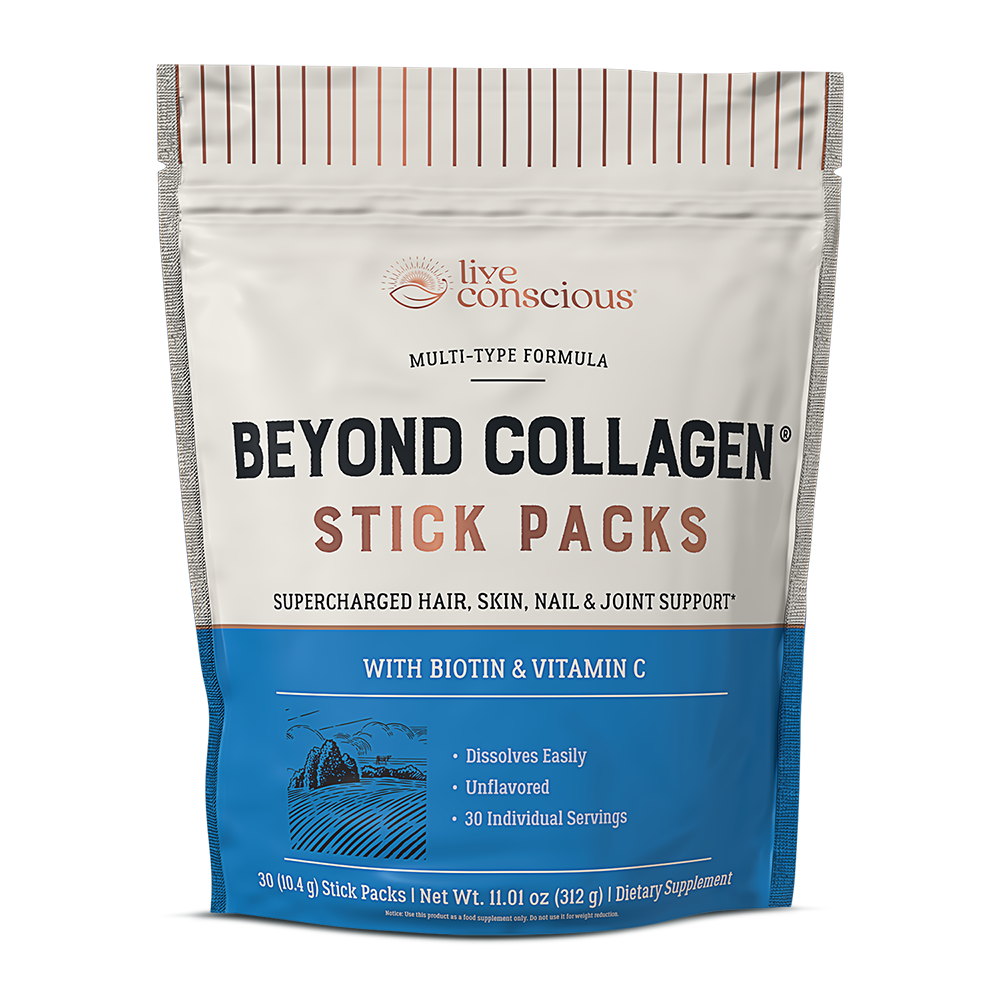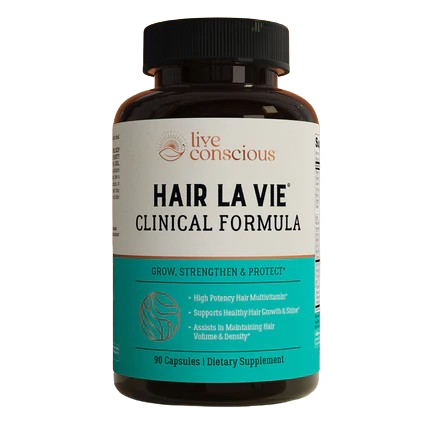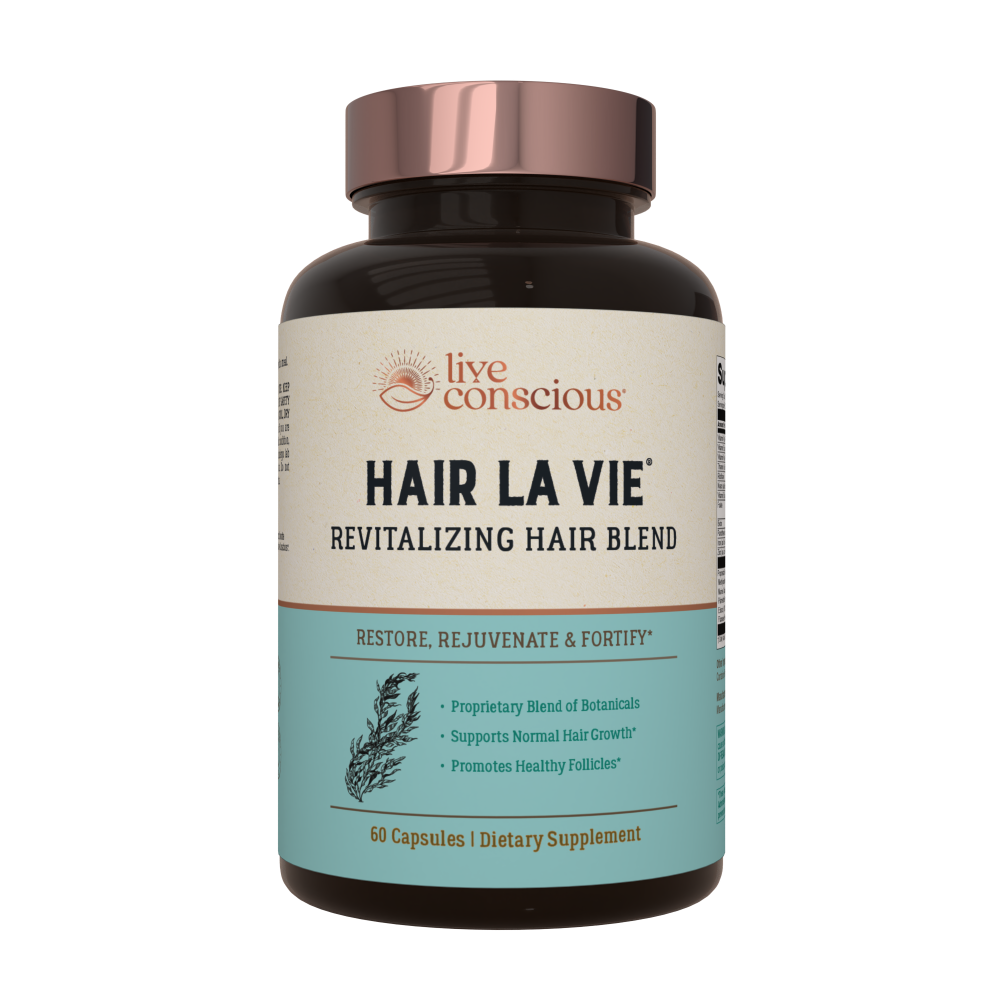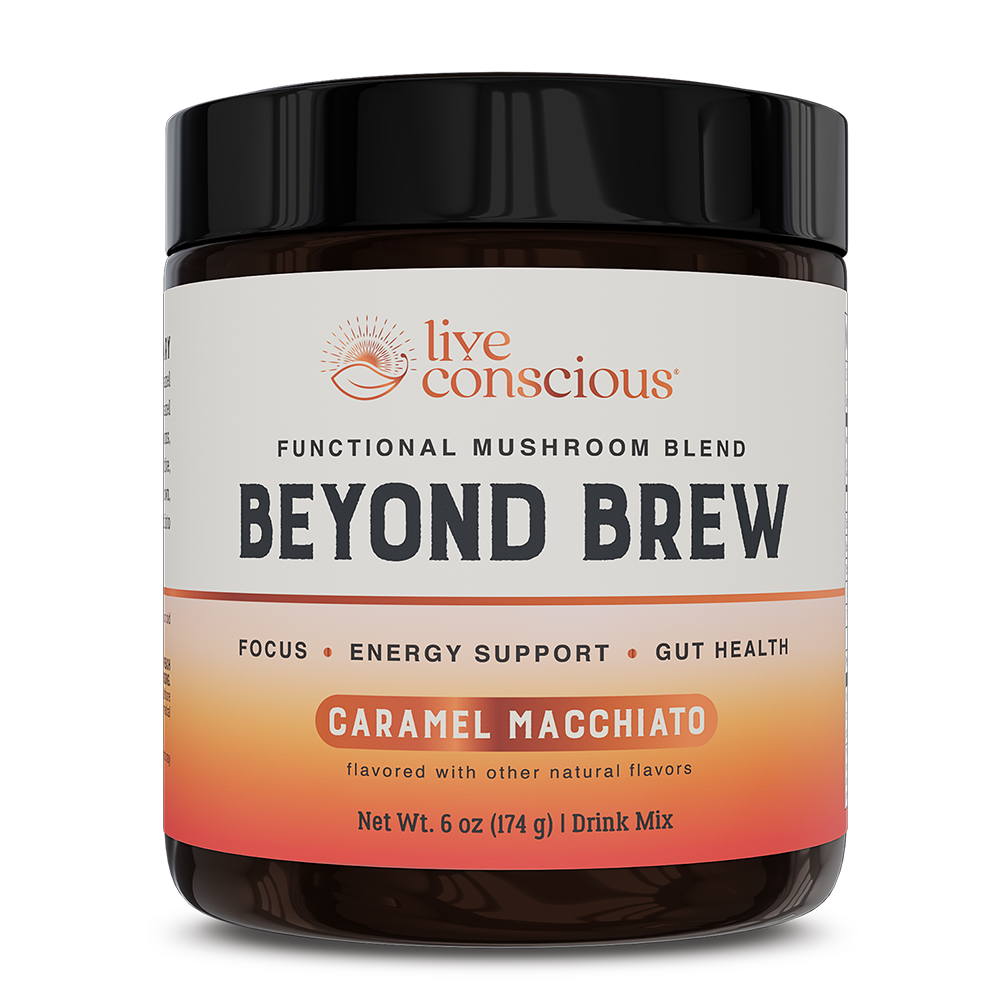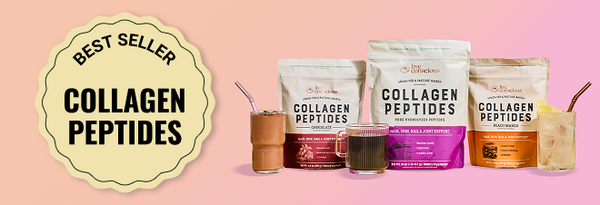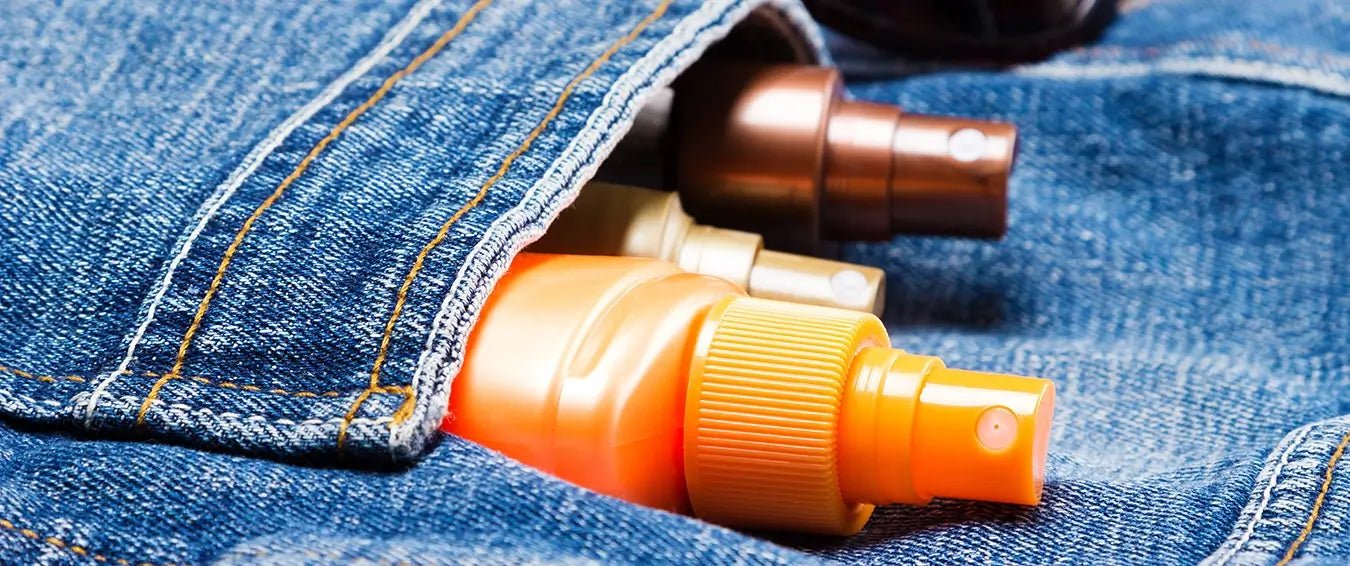When those first summer rays of the sun hit your skin, and you feel that warmth and energy, you can't help but smile. The sun literally makes us happy.
As sunlight hits the optic nerve, a signal is sent to the brain, and that signal increases serotonin levels in the body. In addition, many of us suffer from low levels of vitamin D, and UV rays bathe us in vitamin D, which also helps us maintain high levels of serotonin. All the way around, a day in the sun helps us feel energized and happier.
Unfortunately, the sun isn’t all good. Too much of the sun’s ultraviolet radiation (UV) can damage the genetic material in your skin. Over time, that damage builds up, and cells grow irregularly and out of control, which can cause the development of skin cancer.
Serious News About Skin Cancer
According to the Skin Cancer Foundation, the statistics on skin cancer are worth noting.
♦ More people in the U.S. are diagnosed with skin cancer each year than all other cancers combined.
♦ One in five people in the U.S. will develop skin cancer by the age of 70.
♦ The annual cost of treating skin cancer in the U.S. is estimated at $8.1 billion.
♦ About 90% of nonmelanoma skin cancers are associated with exposure to the sun.
♦ Between 2009 and 2019, the number of new invasive melanoma cases each year has increased by 54%.
♦ On average, a person’s risk for melanoma doubles if they’ve had more than five sunburns.
♦ Regular use of SPF 15 or higher sunscreen reduces the risk of getting squamous cell carcinoma by 40%.

Protect Yourself From the Sun
The good news is there are a number of different ways to protect yourself from the sun’s UV rays. Summer is about getting outside and enjoying the benefits and the serotonin the sun provides.
1. Sunscreen
You regularly hear how important sunscreen is, and it really is that important, but it might not be doing its job if you’re not wearing it correctly. According to the American Academy of Dermatology, these sunscreen tips will help you maximize its benefits.
♦ SPF 30 or higher, water-resistant, with broad-spectrum coverage for both UVA and UVB rays
♦ Wait 15 minutes after application for it to be absorbed and provide protection
♦ Cover all exposed skin and rub in thoroughly
♦ Reapply every 2 hours or immediately after swimming or sweating heavily
♦ Check the expiration date
♦ Use sunscreen whenever you’re outside, even if it’s cloudy

2. Cover Up
Long pants, long-sleeved shirts, and hats are a great way to avoid sun exposure. An even better way is to purchase clothing that has an SPF rating or UV protection factor (UPF). These clothes are designed to protect you and keep you comfortable.
3. Sunglasses
Repeated and prolonged sun exposure can cause macular degeneration, cataracts, pterygium, and corneal sunburn. Sunglasses give your eyes added defense and protect your vision.
4. Limit Exposure Between 10 a.m. and 4 p.m.
These are the peak hours of sunlight, which means the rays are stronger then and more likely to burn you. If you can, schedule your outside chores and events around these times. If you do need to be outside during these hours, take extra steps to protect yourself.
5. No Tanning
There is no safe tan, and sunburn doesn’t turn into a tan. In addition, some people believe getting a base tan will protect them from sunburns, but it doesn’t offer any real protection, and regular tanning can cause long-term damage.

6. Seek Shade
If there’s no shade to be found, bring your own. An umbrella, a tarp, a big hat; there are a number of different ways to bring shade with you to give you added protection when you’re outside.
7. Check Reflections
The Melanoma Research Foundation reminds you to be extra cautious when near reflective environments, like water, snow, and sand. Reflections can magnify the damaging rays of the sun and make them even more powerful, which increases your likelihood of getting a sunburn.
8. Don’t Forget Your Vehicle
While your car’s windshield is probably treated to filter out UV rays, the other windows in the car are not. It’s true that you can get a sunburn in your vehicle, especially on the side of your body that faces the exterior.
People that spend a lot of time in their car or who are going on a long trip, are at risk of skin damage from the sun. The best solution is to cover up or to use sunscreen to prevent sunburn on the road.
Waking Up To Wellness
Unfortunately, skin cancer is a very serious problem in the United States. Many forms of skin cancer are caused by UV rays of the sun, but there are several different ways to protect yourself from the dangerous aspects of the sun.

The most effective way is to cover yourself, so you have less exposed skin. Always make sure to use sunscreen on all exposed areas, remembering to apply thoroughly and reapply every two hours.
If you can avoid being outside during the peak daylight hours, you should, but this isn’t always an option or practical. When you're outside, be sure to seek shade and always wear sunglasses. Remember that being in your vehicle is not like being indoors. Except for the windshield, your car’s windows don’t protect you from the sun, so you need to take extra precautions while on the road.
Follow these tips, and you can enjoy the sun with relative ease, but you’re not entirely immune. Doing regular skin cancer checks can mean the difference in spotting skin cancer early.
